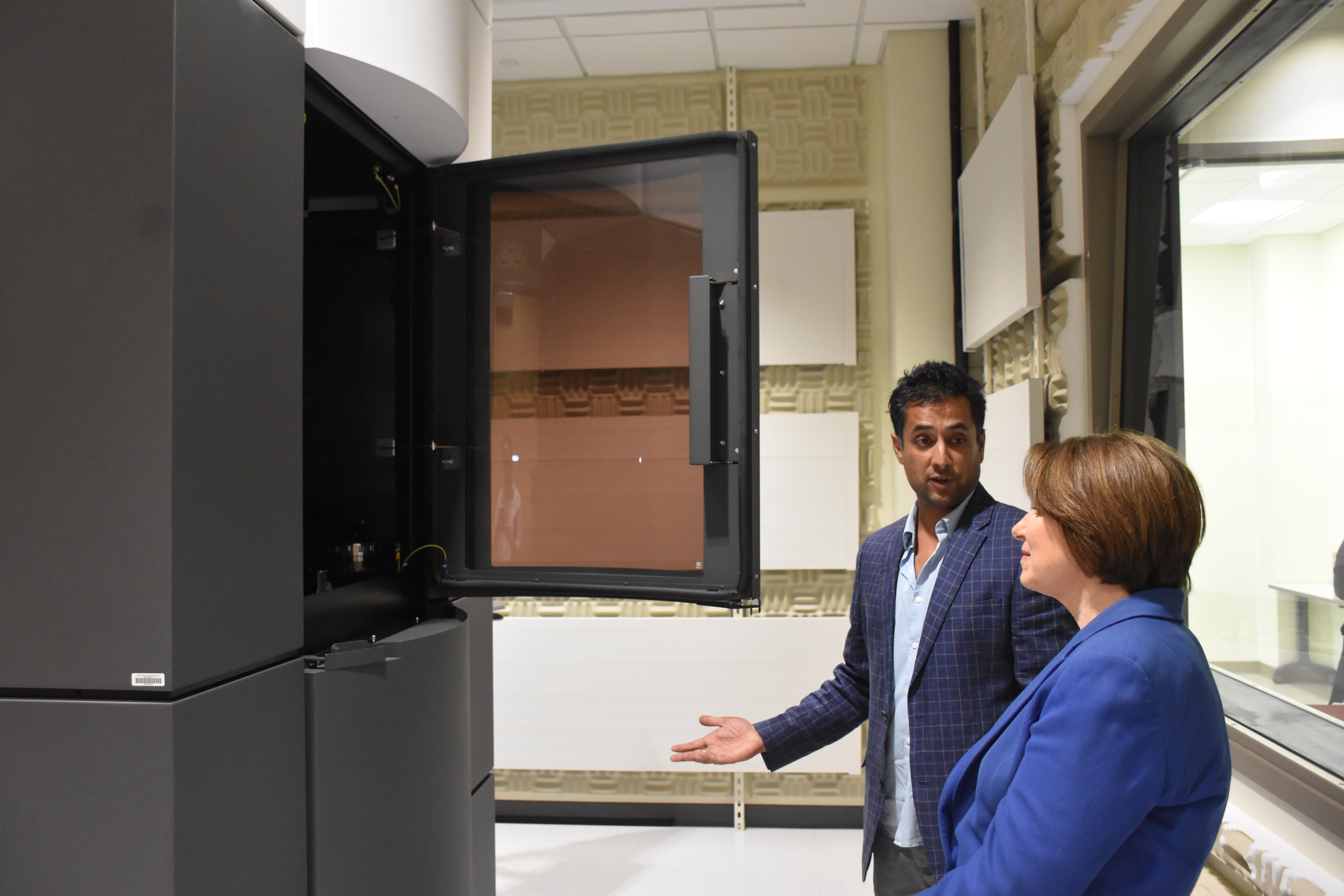Austin’s plant dropped by SMMPA
Published 8:00 am Wednesday, September 1, 2010

The Austin Municipal Power Plant in northeast Austin, nears its closing. --Eric Johnson/photodesk@austindailyherald.com
The Northeast Power Station’s capacity purchase agreement with the Southern Minnesota Municipal Power Agency (SMMPA) was officially terminated early this morning.
The power plant, located at 3701 11th St. NE, is a coal-fired power plant that has been under a purchase agreement with SMMPA since 1991. The plant transferred into the Midwest Independent Transmission System Operator (MISO) market approximately two years ago.
According to Power Production Director Alex Bumgardner, the plant has not been running on a full-time, daily basis since 2008 and will not likely resume such activity in the foreseeable future. Instead, the power station will be used primarily as a generator for the summer months and in the case of an emergency.
“It’s a benefit to have generation in Austin,” Bumgardner said. “It’s a backup.”
The transition from SMMPA control to MISO control should be beneficial to the city of Austin, according to Bumgardner. “(Generation) is a huge reliability issue for us,” he said. “Along with reliability, we’re looking at it as a possible investment for our future.”
The goal with the transition is to keep costs low enough to sell energy to MISO by way of a market participant who will merchandise the plant to the entire MISO market, which includes much of the upper Midwest.
“We’re planning to have our costs low enough to make profit from this plant,” Bumgardner said.
The Energy Authority acted as market participant when the Austin plant was under SMMPA control, but now the power station has no market participant. Bumgardner said that Austin Utilities is researching different market participants and working towards choosing a new one but declined to disclose any potential companies at this time.
Without the plant running every day, the cost of operation will be lower and the energy will be less expensive, meaning energy can be purchased at a low rate, making MISO more likely to look to the Austin plant to buy energy. MISO forecasts what the energy load will be one day in advance, so the plant can be notified of a need for energy with as little as 24 hours notice.
Bumgardner said the reason SMMPA chose to terminate the capacity purchase agreement is because it’s going a different direction with its energy portfolio and Austin Utilities officials think the Austin plant costs more to run than they thought was worthy.
Future relations with SMMPA
The energy created at the Northeast Power Station will be sold into the MISO energy market, however Austin Utilities will become more involved with marketing the plant due to the termination of the capacity purchase agreement with SMMPA.
According to Bumgardner, Austin Utilities also has a power sales agreement with SMMPA which states that Austin must purchase its energy from SMMPA until the year 2030. All energy requirements for Austin Utilities customers are provided by SMMPA. If an emergency situation were to arise where SMMPA could not transfer energy into the community of Austin, the Northeast Power Station could operate to provide energy to Austin Utilities customers.
The energy Austin sells to MISO is not just used in the city, but all throughout the MISO coverage area in the upper Midwest.
“It’s a common misconception that the power is only used in Austin,” Bumgardner said.
Community impact
Bumgardner said the power plant currently has 21 full-time employees and has not made any cuts since the plant began running less frequently in 2008; however, a few employees have resigned from their positions and the city has not hired replacements.
“Staffing levels have dropped with the uncertainty of the direction generation is going,” he said.
Whether or not Austin residents will see an increase in their energy bills is unknown at this time.
“That’s something that will be figured out through the budget process. It’s a tough call,” Bumgardner said. “The next year or two will be very crucial to the direction we go.”


